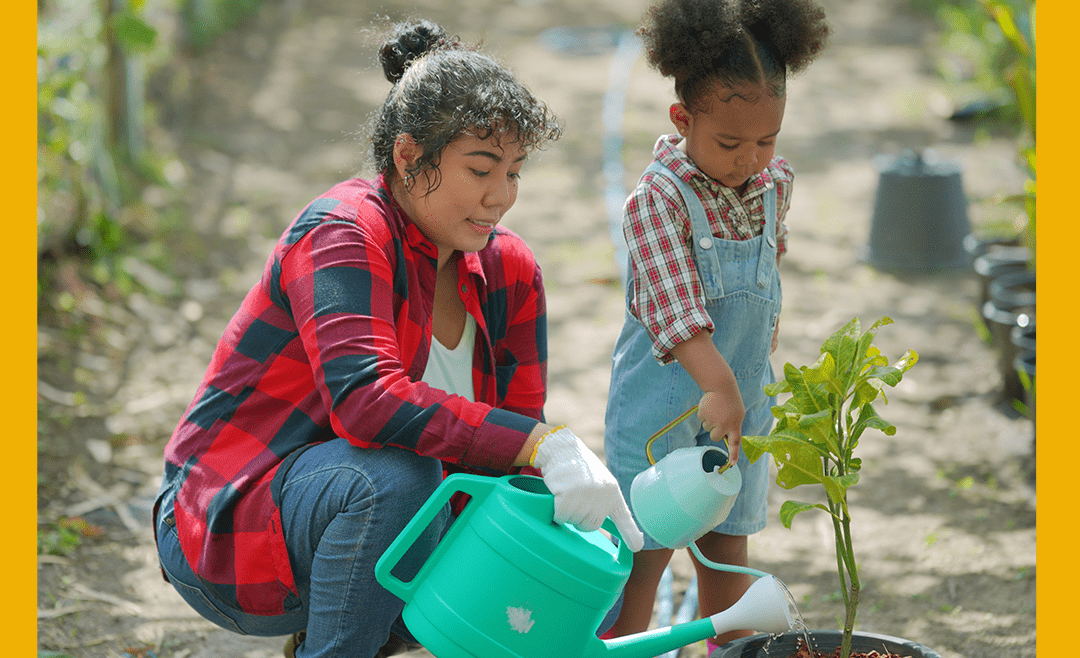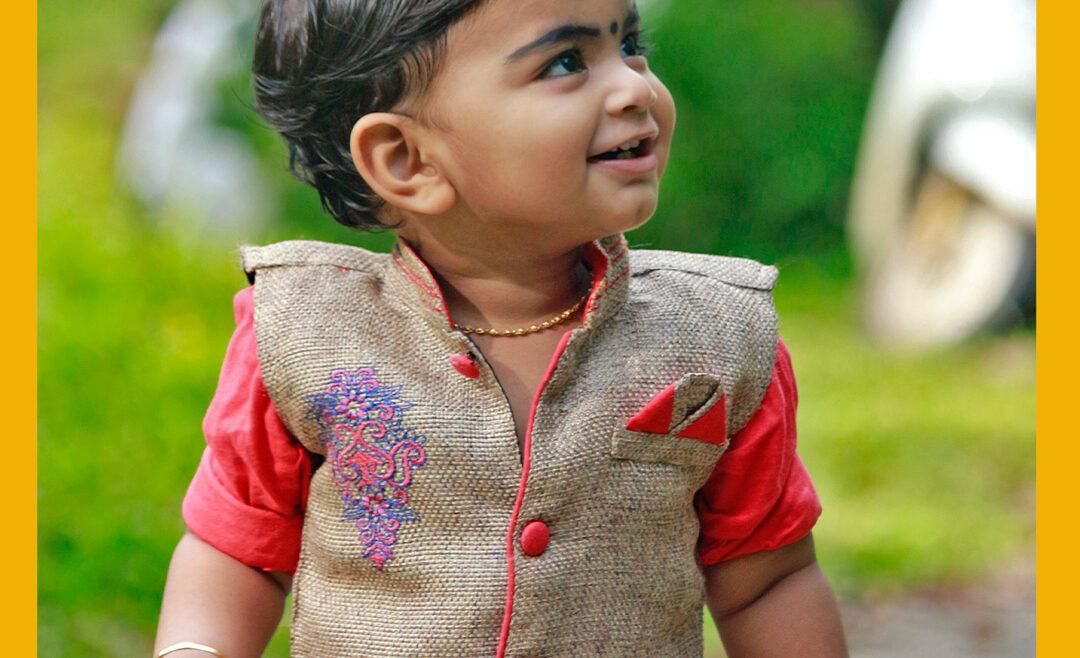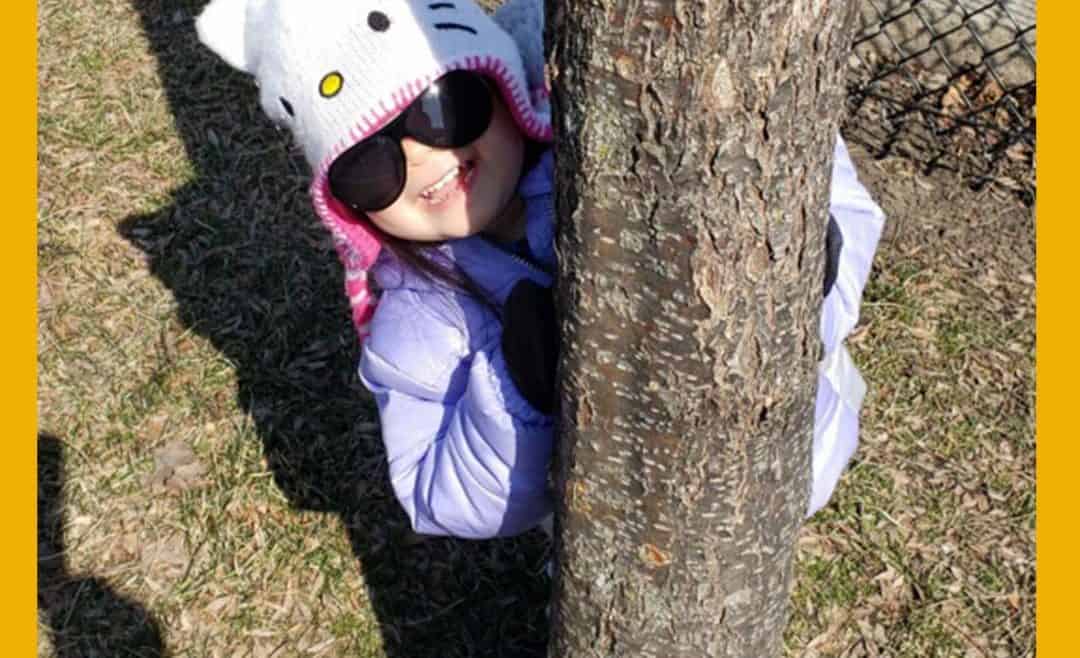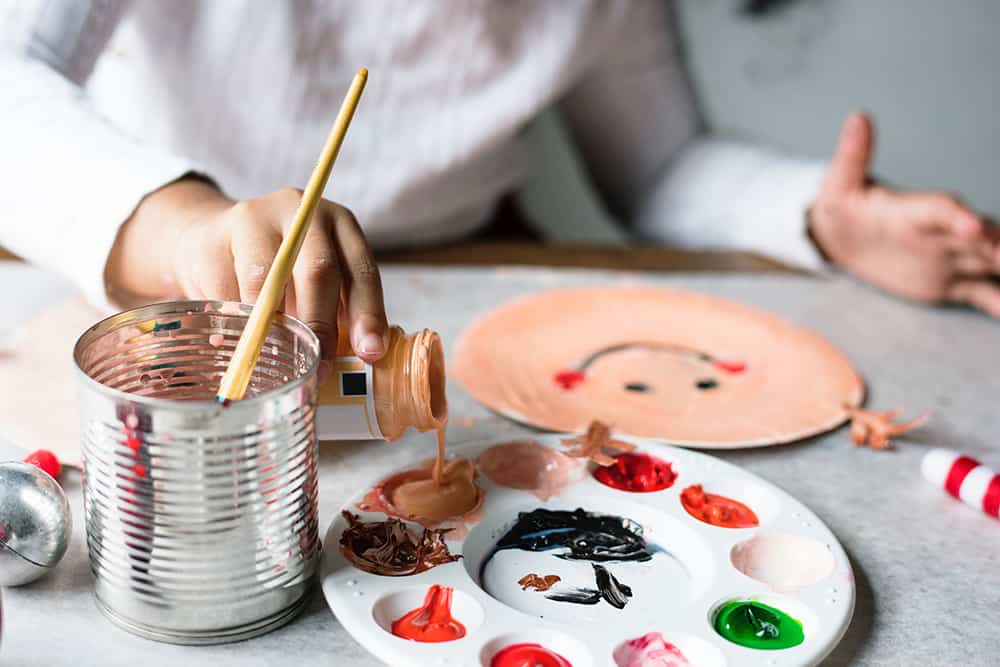April has arrived, which means that it’s time to celebrate Occupational Therapy Month! Occupational therapists (OTs) are wonderful, and the work they do truly makes a positive impact on so many lives. That’s exactly why we wanted to shine a bright light on OTs and highlight the difference they make and the incredible work they do. Thank you, Occupational Therapists, for the kindness, care, and compassion that you bring – we appreciate everything that you do.
In honor of Occupational Therapy Month, we wanted to share 3 activities that we know you’re going to enjoy trying with your kiddos. These activities focus on sensory play and are wonderful for helping your child work on their fine motor skills, all while giving you the opportunity to enjoy some fun together as a family. From creating a spring-themed sensory bin to making a paper flower and more, here are 3 fantastic activities to try during Occupational Therapy Month.
1. Create a Spring-Themed Sensory Bin: Creating a spring-themed sensory bin is the perfect way to engage your child’s senses all while celebrating this wonderful season together. First, gather the supplies that you’ll need to make the sensory bin. We recommend dyeing rice green to resemble grass, adding plastic bugs for a nature-inspired touch, and including measuring cups, spoons, and fake plastic tweezers. Once your sensory bin is complete, ask your child to identify the colors of the bugs and count how many are in the bin, scoop and pour the grass into cups, and use the tweezers to transfer the bugs from one end of the bin to the other.
Bonus Tip: Bury small items in the rice and have your little one try to dig them out with a spoon.
2. Make a Paper Flower: Making paper flowers with your kiddos is an excellent way to work on their fine motor skills while letting their creativity bloom. To begin, grab a piece of paper and draw the outline of a flower with a pencil. Then, have your little one use child-safe scissors to carefully cut out the flower. Your child will now have to rip and tear off pieces of the tissue paper and glue it onto the flower. Keep going until most of the flower is covered, let your creation dry, and then hang it on the fridge for everyone to see.
Bonus Tip: Attach a popsicle stick to the back and ask your child to “plant” the flower in a cup of playdough or rice.
3. Hopscotch: Our featured therapist for Occupational Therapy Month, Beckett, suggested using child-safe chalk during playtime. Chalk is very versatile during playtime, and one of our favorite ways to use chalk is to play hopscotch. This is a great way to incorporate a movement break into your child’s play routine. Work with your child to draw a colorful hopscotch board, and then take turns stepping, jumping, or hopping to each numbered space. Then, if you and your little one are up for it, try hopping from space to space backwards!
Bonus Tip: Keep the fun going by having your child draw fun designs and shapes on the hopscotch board.
Happy Occupational Therapy Month! Follow us on social media (Facebook, Instagram, Pinterest) all month long for tips, toys we love, resources, and more. Furthermore, please don’t hesitate to contact us to discuss if your child would benefit from pediatric therapy. Our kind and compassionate team is here to support you and your child in any way that we can.










